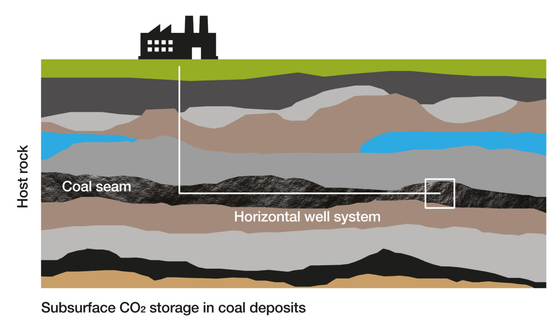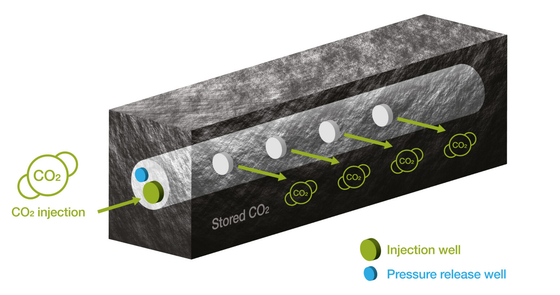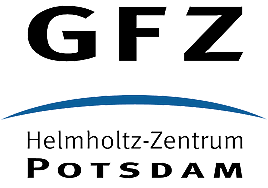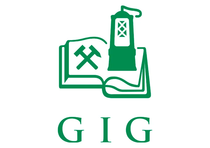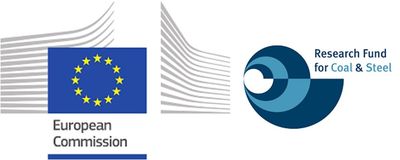Establishing a Research Observatory to unlock European Coal seams for Carbon dioxide Storage (ROCCS)
The ROCCS project, as its overarching aim, will assess and demonstrate the potential benefits of enlarging the coal-CO2 contact area for enhancing CO2 storage and, therefore, improving reduction of the primary greenhouse gas (GHG) emission. Existing technologies of carbon sequstration in coal suffers from the swelling induced loss of gas injectivity, i.e. the reduction of preferential flow channels or permeability of coal seams associated with sorption of CO2 into the coal matrix. The vertical boreholes provide a relatively small coal-CO2 contact area, and the swelling phenomena at the vicinity of the injection points leave the rest of the seam un-utilised. ROCCS aims to overcome this issue. The project proposes a state-of-the-art horizontal well configuration that will utilise the accessibility of in-seam natural fracture networks or 'cleat system' to increase the storage capacity of coal-bearing formations. Therefore, lessen the constraint on CO2 injectivity imposed by CO2-induced coal swelling; circumvent over-pressurisation and hydraulic fracturing.
A rigorous and comprehensive monitoring program will support leakage detection and prevention in the experimental test site for the entire duration of the project. The project will conduct a techno-economic assessment and uncertainty assessment to optimise the operation for minimum costs, deduce economical risks and predict cost bandwidth for the prevention of possible environmental risks. The findings of the in situ test, environmental monitoring, combined with laboratory experiments, near-field and regional scale modelling, and techno-economic assessment, will be analysed for selecting a commercial scale storage site in Poland that complies with the EU CCS Directive for CO2 storage in coal. The project therefore aims to ensure long-term safety and security of the stored CO2 with no significant risk of leakage or damage to either the public health and/ or to the surrounding environment. Idieally, maximising CO2 storage, minimising leakage, and obtaining an optimum cost
Project Partners
ROCCS is funded by the European Union Research Fund for Coal and Steel (EU- RFCS) under the grant agreement No 899336
© 2020 ROCCS. All Rights Reserved.


